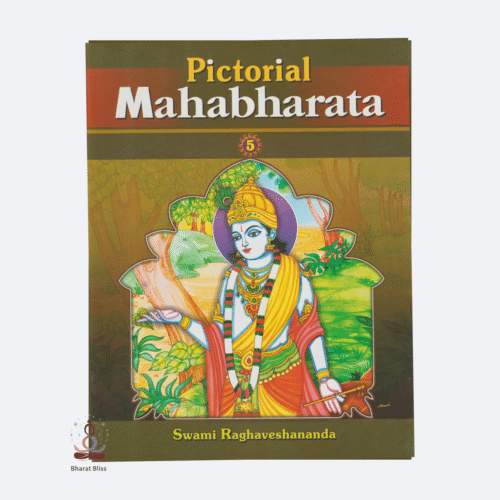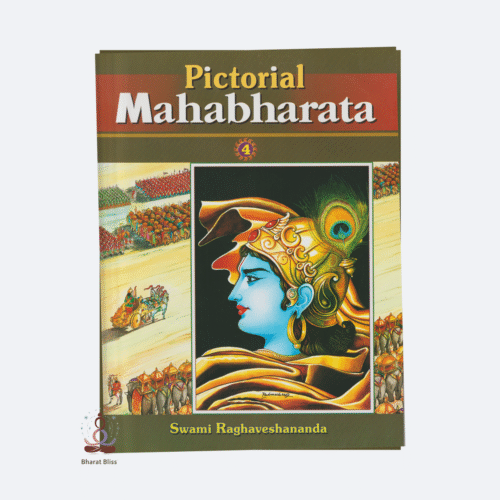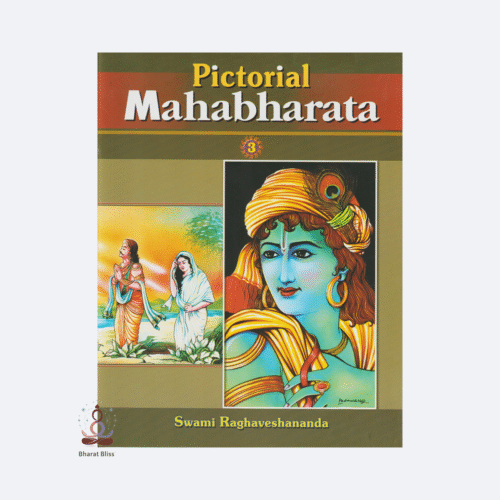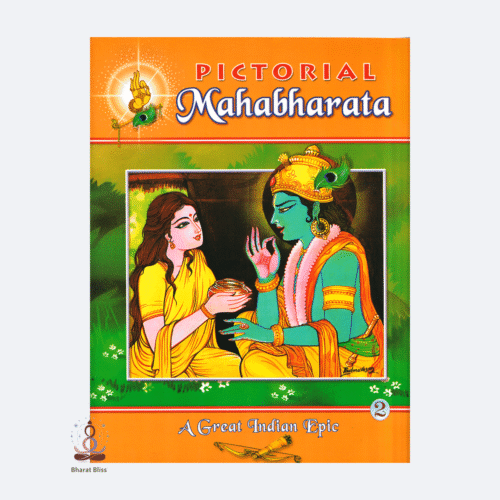ईश्वर प्राप्ति के उपाय – स्वामी भूतेशानंद द्वारा
स्वामी भूतेशानंद रामकृष्ण मिशन के 12वें अध्यक्ष थे और उन्होंने ईश्वर प्राप्ति के विषय में अत्यंत सरल, गूढ़ और अनुभवसिद्ध उपदेश दिए हैं। उनके प्रवचनों में आध्यात्मिक जीवन की स्पष्ट दिशा, व्यावहारिक मार्गदर्शन और श्रीरामकृष्ण, माँ शारदा एवं स्वामी विवेकानंद के विचारों की गहरी छाया मिलती है।
पुस्तक की संक्षिप्त विवरण (Description in Hindi):
"ईश्वर प्राप्ति के उपाय" पुस्तक में स्वामी भूतेशानंद ने बताया है कि ईश्वर को पाने के लिए केवल किताबी ज्ञान या बाह्य अनुष्ठान पर्याप्त नहीं हैं, बल्कि श्रद्धा, भक्ति, आत्मनिष्ठ साधना, और गुरु-मार्गदर्शन आवश्यक है।
इस पुस्तक में उन्होंने बताया है:
-
ईश्वर का स्वरूप क्या है और हम उसे क्यों नहीं अनुभव कर पाते?
-
मानव जीवन का उद्देश्य ईश्वर प्राप्ति है – इसे कैसे आत्मसात करें?
-
साधना के मार्ग – जैसे जप, ध्यान, सत्संग, सेवा, आत्मनिरीक्षण।
-
गुरु का महत्व – गुरु के बिना आध्यात्मिक प्रगति कठिन है।
-
शुद्ध जीवन और संयमित आचरण – आध्यात्मिक साधना के लिए आवश्यक हैं।
-
ईश्वर के प्रति प्रेम और समर्पण – सबसे प्रभावी साधन।
मुख्य बातें:
-
यह पुस्तक आध्यात्मिक साधकों के लिए एक प्रेरणास्रोत है।
-
भाषा सरल, हृदयस्पर्शी और गहराई से भरी हुई है।
-
स्वामीजी के अनुभव और आत्मज्ञान की झलक इसमें स्पष्ट मिलती है।
यह पुस्तक उन लोगों के लिए विशेष रूप से उपयुक्त है जो आध्यात्मिक पथ पर अग्रसर हैं, और अपने जीवन में शांति, सत्य और ईश्वर के अनुभव को प्राप्त करना चाहते हैं।
"Ishwar Prapti Ke Upaya" (translated as Means to Attain God) is a spiritual discourse by Swami Bhuteshananda, the 12th President of the Ramakrishna Math and Mission. The talk or book, originally in Hindi, outlines the practical and philosophical approaches to realizing God, as taught in the Vedantic and Ramakrishna-Vivekananda traditions.
Here’s an English description of its main themes and ideas:
Title: Ishwar Prapti Ke Upaya (Means to Attain God)
Speaker/Author: Swami Bhuteshananda
Language: Originally in Hindi
English Description:
In this deeply spiritual discourse, Swami Bhuteshananda shares timeless teachings on how one can attain the realization of God. Drawing from the lives and teachings of Sri Ramakrishna, Holy Mother Sarada Devi, and Swami Vivekananda, as well as the Upanishads and Bhagavad Gita, he elaborates on the various paths to God-realization.
The central message revolves around:
-
Sincerity in Spiritual Practice:
One must be earnest and regular in their practice of prayer, meditation, and moral discipline.
-
Devotion and Surrender:
Bhakti (devotion) is presented as a powerful means. Surrendering the ego and depending completely on God leads to divine grace.
-
Selfless Work (Karma Yoga):
Serving others without attachment purifies the heart and becomes a form of worship.
-
Discrimination and Renunciation (Jnana Yoga):
Understanding the impermanent nature of the world and focusing the mind on the Eternal Reality.
-
Grace and Guidance:
The grace of a true Guru and divine beings like Sri Ramakrishna plays a vital role in spiritual progress.
Swami Bhuteshananda emphasizes that though the paths may differ, the goal is the same — union with the Divine. The approach should be personalized, depending on one's temperament and situation, but it must be persistent and filled with love.













